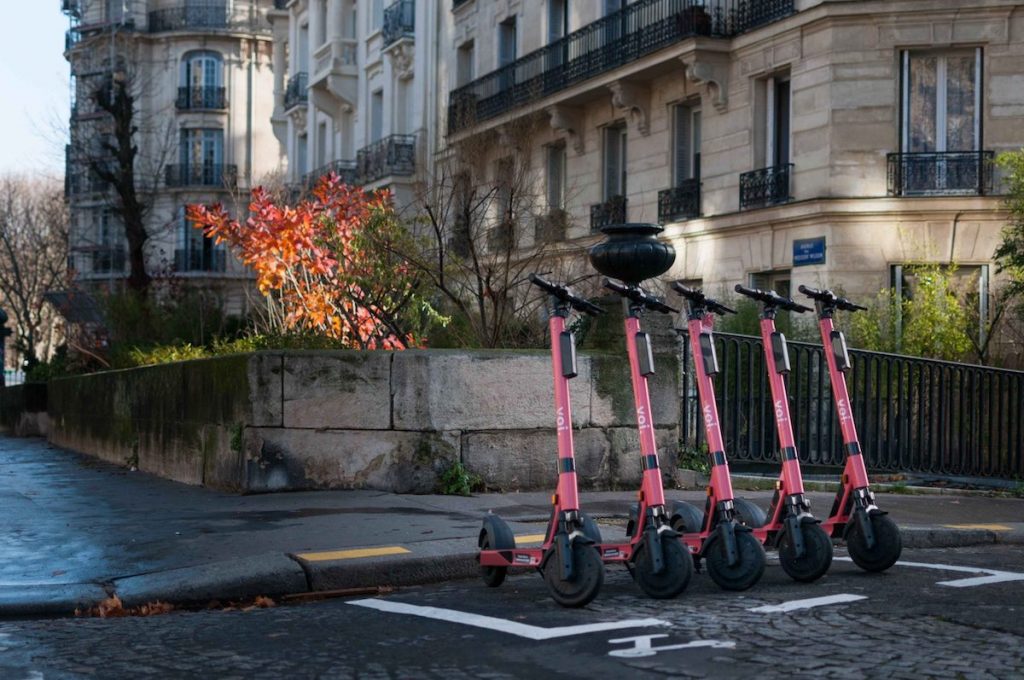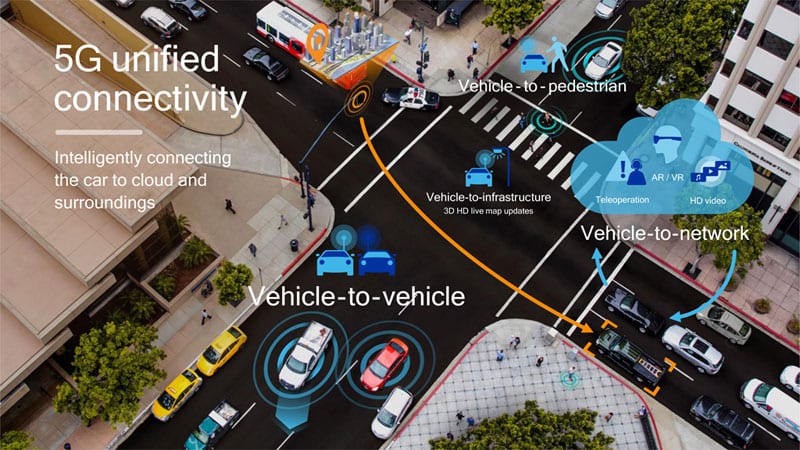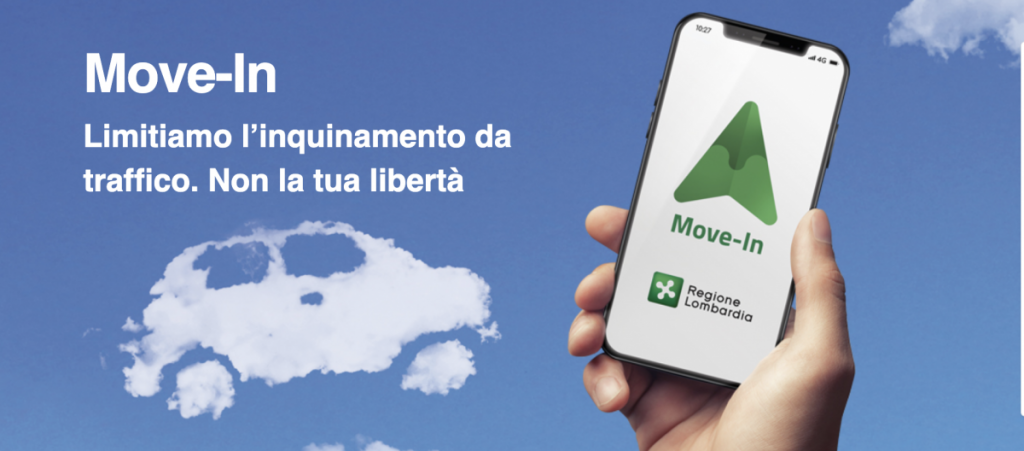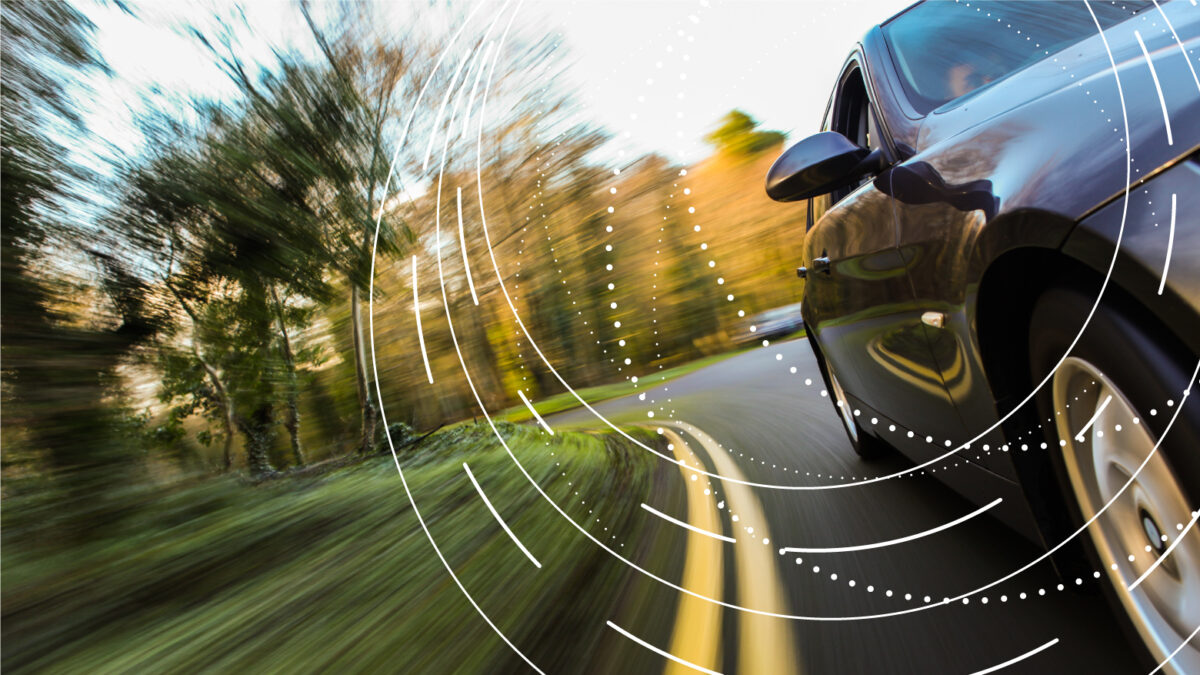The mobility sector is set for staggering change and evolution in 2022. Innovation in data analytics, IoT, 5G and urban air mobility tools, as well as a growing regulatory focus on environmental issues, shared by a large number of consumers, and the popularity of digital and micro mobility solutions such as e-scooters, mean that the mobility market needs to be ready to promptly adapt to future challenges.
Air-Connected Mobility is the trenches when it comes to the “mobilitech” revolution, and has taken the pulse of the mobility market, noting the trends expected to dominate the industry. These are explored in detail below.
Data-based town planning
In the last few years, mobility has become more complex and multi-faceted, and the introduction of ‘green’ vehicles such as e-bikes, e-scooters and electric and hybrid cars has not simplified things for town planners. This is because e-vehicles need additional infrastructure, such as racks for scooters and bikes and power columns for cars, but also because they require additional planning to manage the tracking, maintenance and return of vehicles to storage areas and charging stations. The introduction of different types of vehicles also leads to road safety issues and collision risks so many town councils are evaluating the possibility of developing new lanes, based on an analysis of the vehicle mix, their typical transit paths and any potential cross over.
Cutting out the middleman
Disintermediated sales are the future of an increasingly digitalised automotive sector. More and more people are opting for online shopping or at least turning to researching products beforehand, widening the gap between the automotive sector and other consumer industries. In addition to this, the global pandemic has led to an increase in search queries for buying a car online. This will lead to leaner retail formats, direct customer access, further outlet consolidation and the surfacing of alternating sales models, leaning towards the adoption of B2B2C business models by leading car makers and OEMs.

Safety first
One of the consequences of the pandemic has been a surge in anxiety-related problems and not everybody feels safe using public transport, even with all health measure in place to avoid the spread of COVID-19. Together with a growing concern towards emissions, this has driven more people to start using bikes, e-bikes and e-scooters to get about the city. These alternative modes of transport are certainly healthier and safer options, but they have a major downside, as the introduction of different types of vehicles on the road has increased accidents .
Determine prices with a little help from data analysis
One of the consequences of an increasingly digitalised automotive sector is the adoption of fine-tuned data-driven pricing for the sale of used car stock. New technology solutions can help revamp the used car market, introducing new remarketing channels, increasing end-user touchpoints, reaching more potential customers, and improving pricing models with the implementation of real-time market insights and greater standardisation.
An app for every need
Data analysis can help consumers keep their carbon footprint under control and improve their driving behaviour to make it safer and more cost-efficient. As black box devices become compulsory on vehicles all over Europe, the information provided by these tools unlocks huge potential for both drivers and local authorities.

V2X technology
Vehicle to everything, a communication system that combines vehicle-to-network, vehicle-to-vehicle, vehicle-to-infrastructure and vehicle-to-pedestrian communication, supports the transfer of information from vehicles to parts of the traffic system that may affect it. V2X is set to improve traffic efficiency and road safety and yield energy savings by feeding a constant flow of data to decision makers.
An increasing number of manufacturers are now equipping new cars with V2X technology, but the market is still in its early stages and will only reach full potential as it becomes more ubiquitous.
Strength in numbers
For major market players embracing the new wave of mobility alternatives and digitalisation has meant joining forces and consequently creating a lively M&A environment. The unspoken objective is of course to become the leading 360-degree mobility player as highlighted by moves in the long-term rental segment where Leasys, Donlen and Leaseplan are leading the way.
Focusing on social equity
Encouraging a change in transportation modes is not always feasible. In these cases, mobilitech can provide emissions-reducing solutions that take social justice into account: black boxes installed to individual cars help make targeted intervention a reality. Focusing only on specific vehicles and problematic areas reduces the discomfort perceived by citizens and allows local authorities to reward virtuous, low consumption drivers, without putting undue pressure on the owners of more polluting vehicles. A successful implementation of such technology is provided by the Lombardy and Piedmont MoVe-IN project.

The environmental issue
The EU commission is focusing on lowering emissions as soon as possible and has proposed a reduction target of 55% compared to 2021 for 2030, in addition to banning internal combustion engines for new cars starting from 2035.
The evolution of shared mobility
The pandemic has increased interest in individual mobility solutions, and metropolitan travellers tend to choose leaner, more flexible systems that allow them to stay clear of busy buses, metros and train. This does not mean, however, that car-sharing will not regain popularity in the corporate environment.
Ultimately, mobility-derived data can not only improve the lives of citizens, but also increase town planning efficiency and help drive social equity while creating new opportunities for fleet managers, dealers and car manufacturers.
About the author: Paolo Cappello is General Manager at Air-Connected Mobility



